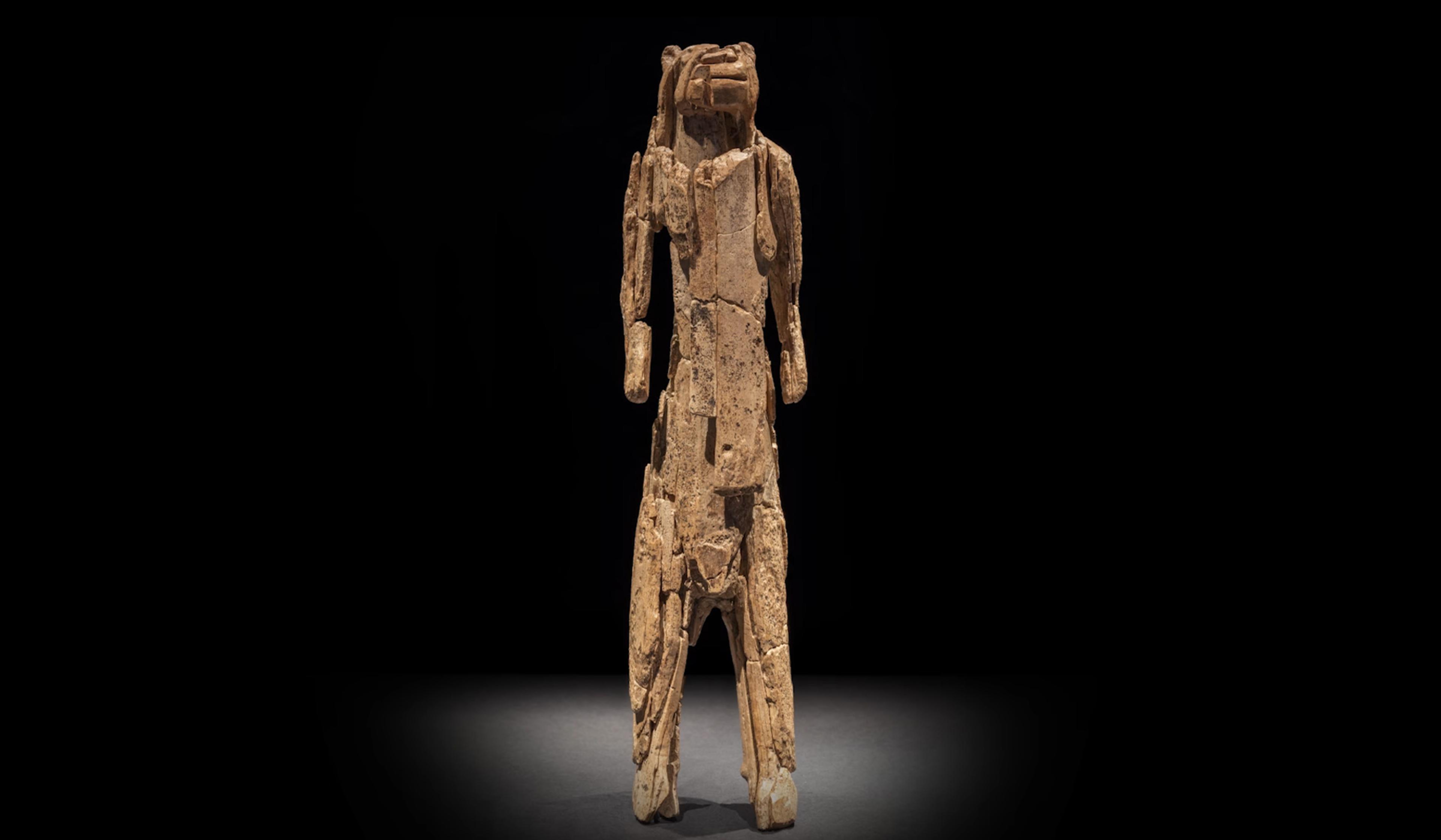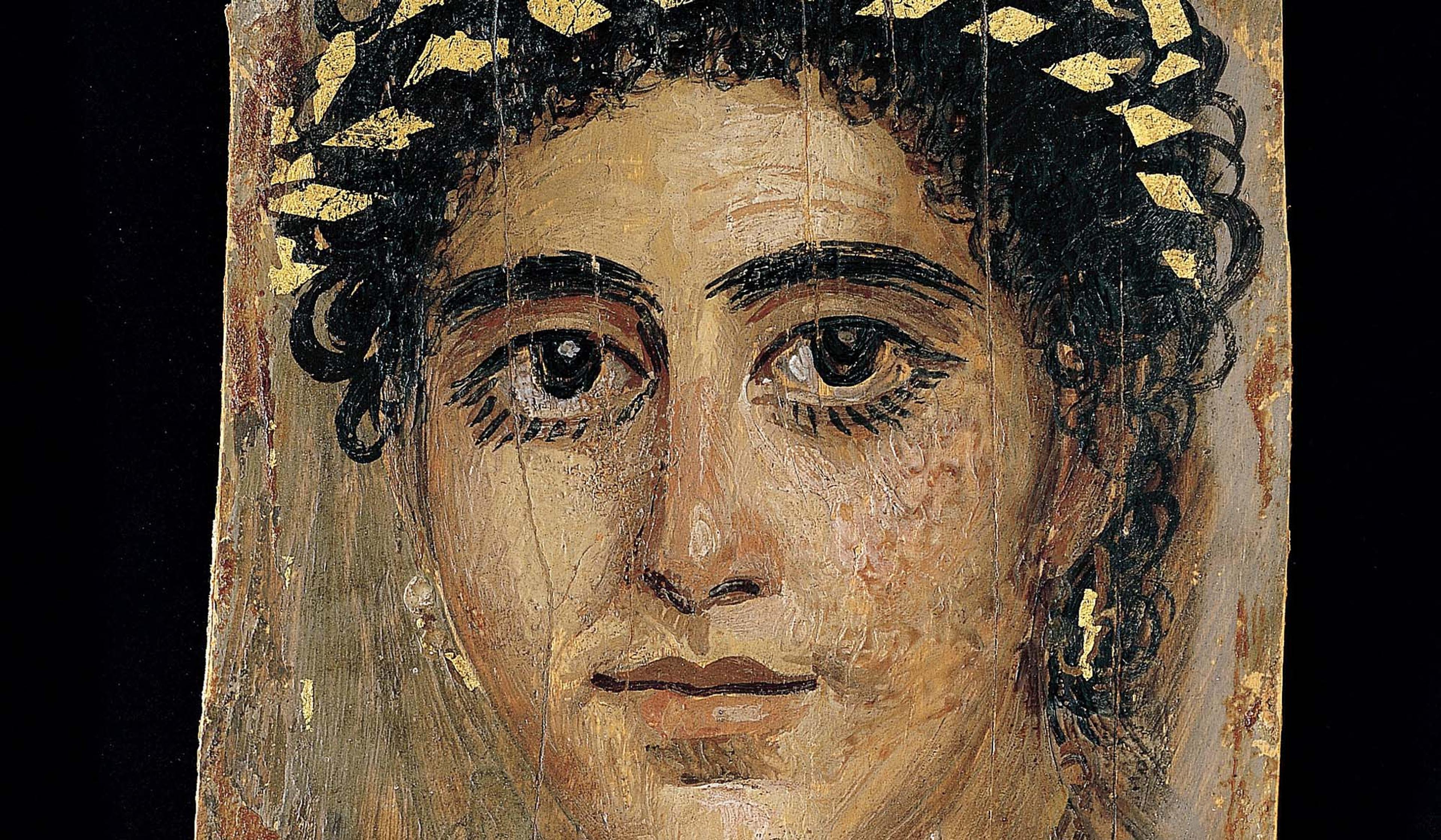Ancient Mesopotamians believed that a deity was assigned to every person at birth. It’s a fine sentiment, except that these deities were, like the people they were tasked with protecting, fickle creatures who couldn’t always be relied upon. And, in their moments of abdication, there was a variety of demons interested in seizing the opportunity to disrupt and disturb their lives. In this short video from the British Museum, the Assyriologist Irving Finkel details several stone carvings to explore the complex web of unseen deities, sprites and ghosts that ancient Mesopotamians believed could affect their lives, and which reflected the very real anxieties and dangers of their time. For more from the always-entertaining Finkel, watch his lecture on cuneiform writing.
Bronze statuette of the demon Pazuzu. Mesopotamia. 8th–7th century BCE. Musée du Louvre
Meet the absentee gods and nefarious spirits of ancient Mesopotamia
Video by the British Museum

videoArchaeology
How researchers finally solved the puzzle of the oldest known map of the world
18 minutes

videoThe ancient world
How writing began, and other unexpectedly funny stories about cuneiform
39 minutes

videoHistory of ideas
The devils you know – how Satan became a versatile stand-in for all manner of evil
5 minutes

videoArchaeology
Frozen for millennia, an ancient Greek soldier is freed to charge into battle once again
8 minutes

videoAnimals and humans
Why be dragons? How massive, reptilian beasts entered our collective imagination
58 minutes

videoAnthropology
Although his story is a mystery, the Lion Man forever binds us to our prehistoric past
2 minutes

videoArchaeology
What’s an ancient Greek brick doing in a Sumerian city? An archeological investigation
16 minutes

videoThe ancient world
Haunting dispatches from the edge of the Roman Empire, just before its collapse
15 minutes

videoHistory of ideas
A lighthearted ancient Greek myth explains why humans are doomed to yearn for partners
2 minutes